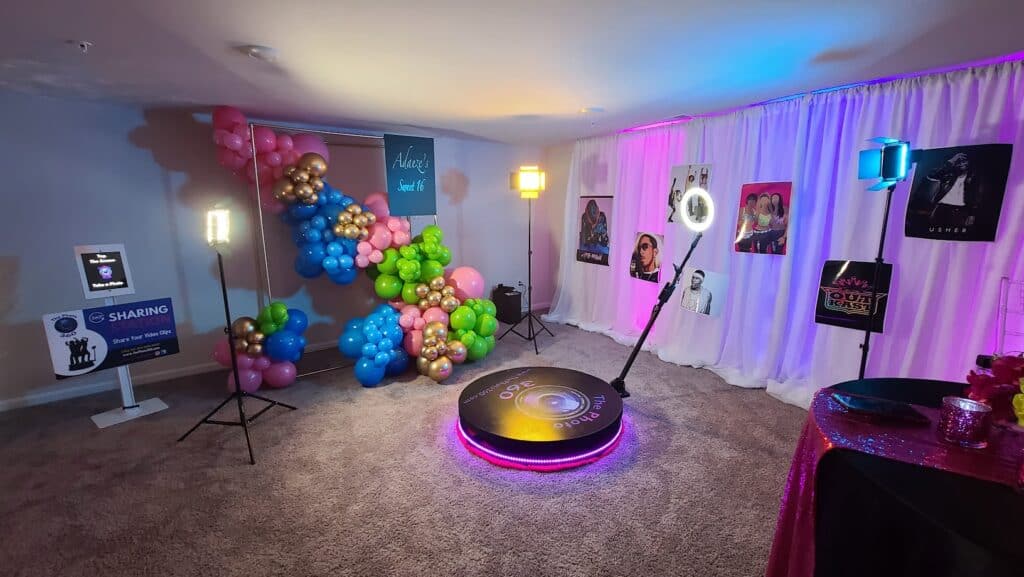
Unlocking Creativity: Tips and Tricks for Getting the Most Out of Your 360 Camera Rental
In the ever-evolving world of photography and videography, 360 cameras have emerged as powerful tools, enabling creators to capture immersive and interactive content. If you’ve decided to dip your toes into the world of 360 camera rental, you’re in for a treat. To ensure you make the most of your rental experience, here are some invaluable tips and tricks to elevate your 360 photography game.
1. Choose the Right Model for Your Needs
Before diving into the world of 360 camera rentals, carefully consider your project requirements. Different cameras offer various features, such as resolution, frame rate, and low-light performance. Whether you’re shooting virtual tours, events, or creative projects, selecting the right model ensures optimal results.
2. Understand the Basics of 360 Composition
360 photography introduces a new dimension to composition. Familiarize yourself with fundamental principles, such as avoiding stitching errors, maintaining balance in your shots, and strategically placing your camera to capture the entire scene seamlessly.
3. Experiment with Different Shooting Modes
Most 360 cameras come equipped with various shooting modes, including photo, video, time-lapse, and more. Experimenting with these modes not only adds diversity to your content but also helps you discover the full potential of your rented camera.
4. Master the Art of Stitching
Stitching is a critical aspect of 360 photography, where multiple images or videos are seamlessly combined to create a cohesive panoramic view. Understand the stitching process of your chosen camera, and if necessary, invest time in post-processing to refine the final output.
5. Pay Attention to Lighting
Proper lighting is essential for any photography, and 360 cameras are no exception. Be mindful of shadows and highlights, especially in outdoor settings. Experiment with different lighting conditions to understand how they affect your 360 images and videos.
6. Utilize Accessories for Stability
Achieving stability is crucial when capturing 360 content. Invest in accessories like tripods, monopods, or stabilizers to ensure smooth and steady shots. This becomes particularly important in dynamic environments or when shooting while in motion.
7. Plan Your Shots in Advance
360 cameras capture everything around them, leaving no room for unplanned elements in your frame. Plan your shots in advance, considering the entire 360-degree view. This preparation ensures that every aspect of your scene contributes to the narrative or purpose of your project.
8. Engage Your Audience with Interactive Elements
Take advantage of the interactive nature of 360 content. Encourage viewers to explore the scene by adding points of interest, interactive hotspots, or annotations. This not only enhances engagement but also transforms your 360 content into a truly immersive experience.
9. Post-Processing Magic
After capturing your 360 content, don’t shy away from post-processing to enhance colors, contrast, and sharpness. Experiment with editing tools to fine-tune your images or videos and bring out the best in your rental camera’s capabilities.
10. Seek Inspiration and Keep Learning
Finally, the world of 360 photography is continually evolving. Stay inspired by exploring the work of other 360 content creators. Join online communities, attend workshops, and absorb as much knowledge as possible to refine your skills and stay at the forefront of this exciting niche.
In conclusion, renting a 360 camera opens up a world of creative possibilities. By understanding your equipment, experimenting with different techniques, and staying open to continuous learning, you’ll undoubtedly unlock the full potential of your 360 camera rental. Happy capturing!

Leave a Reply